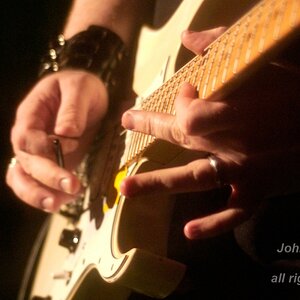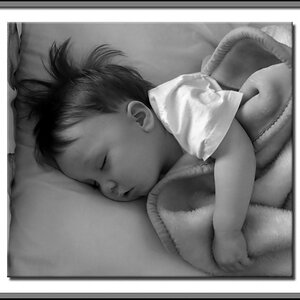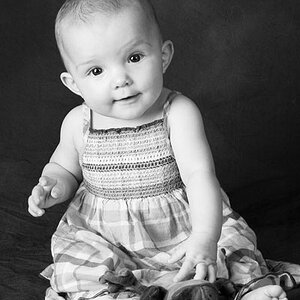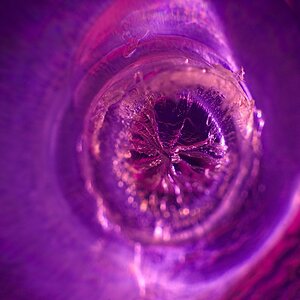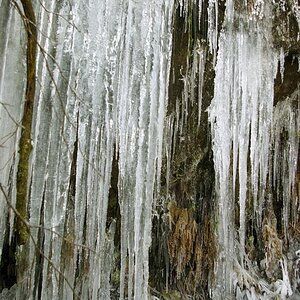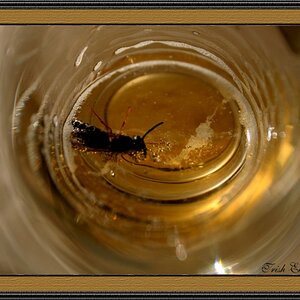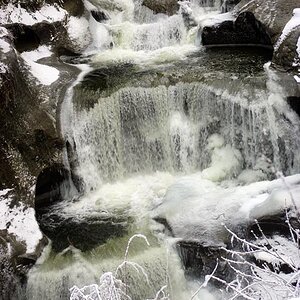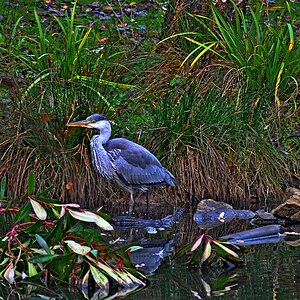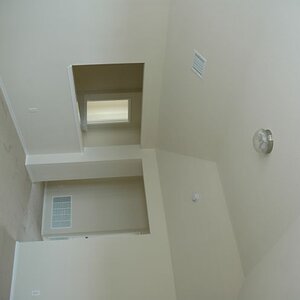lee_M
TPF Noob!
Hi all its really bad weather today so between the rain showers i went down the beach! it was really cloudy and over cast:thumbdown:
so i took a few shoots then it started to rain!
Right now i'm NEW to the photography thing and i have only had a camera for 3weeks "So be nice"
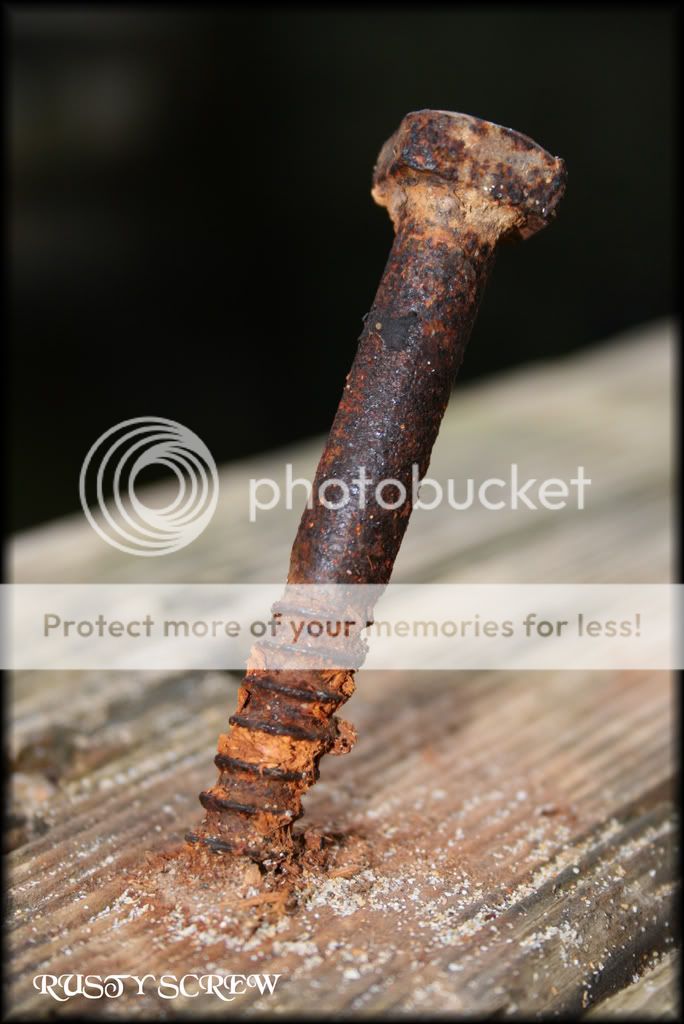
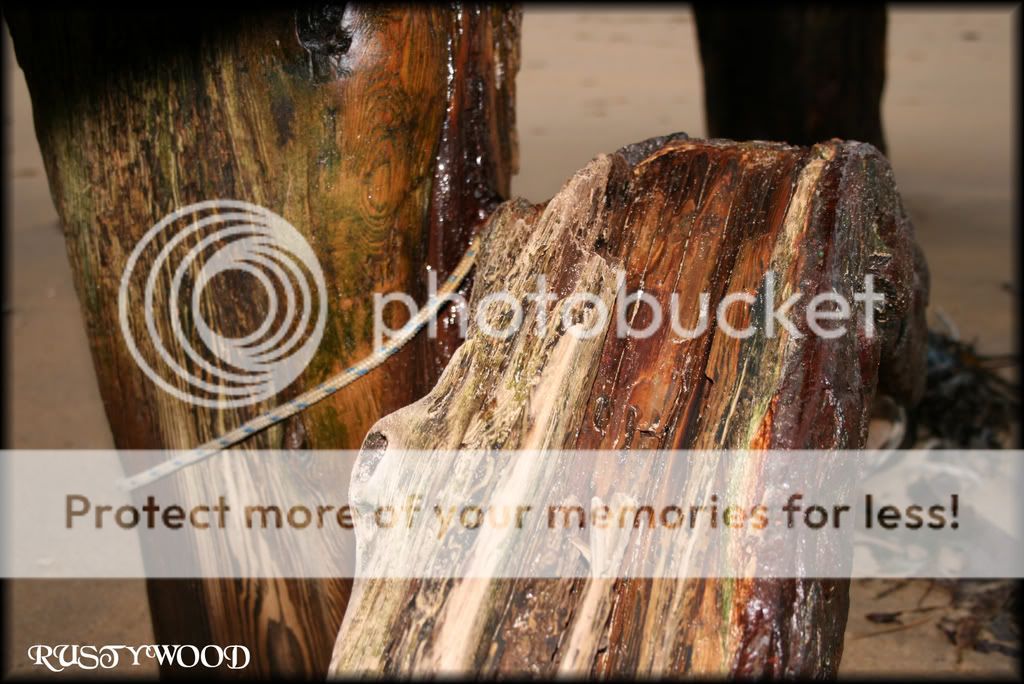
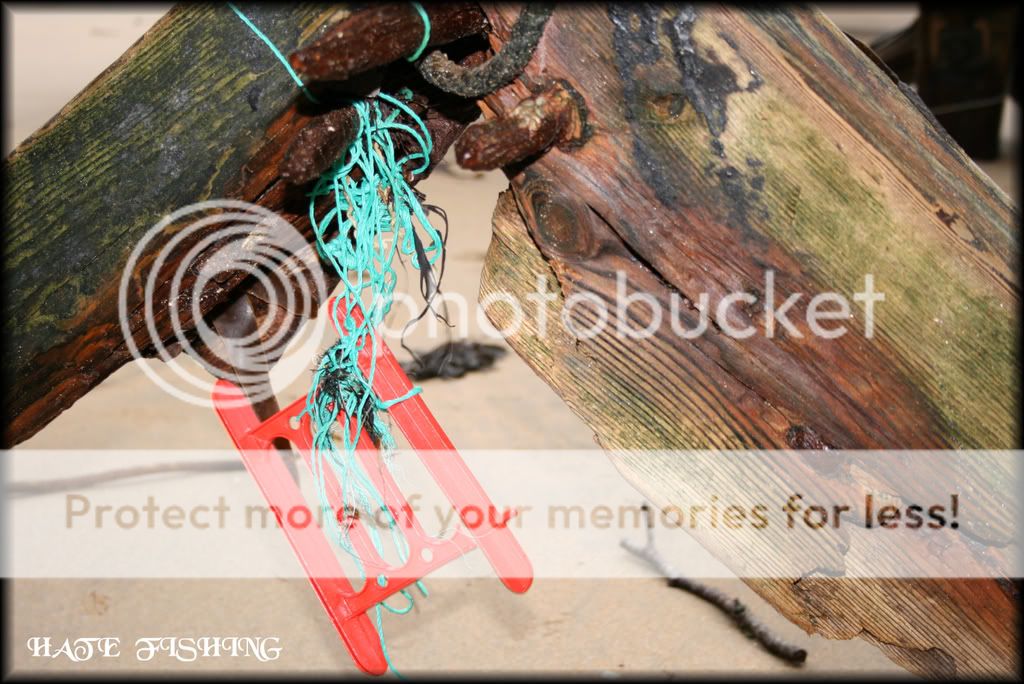
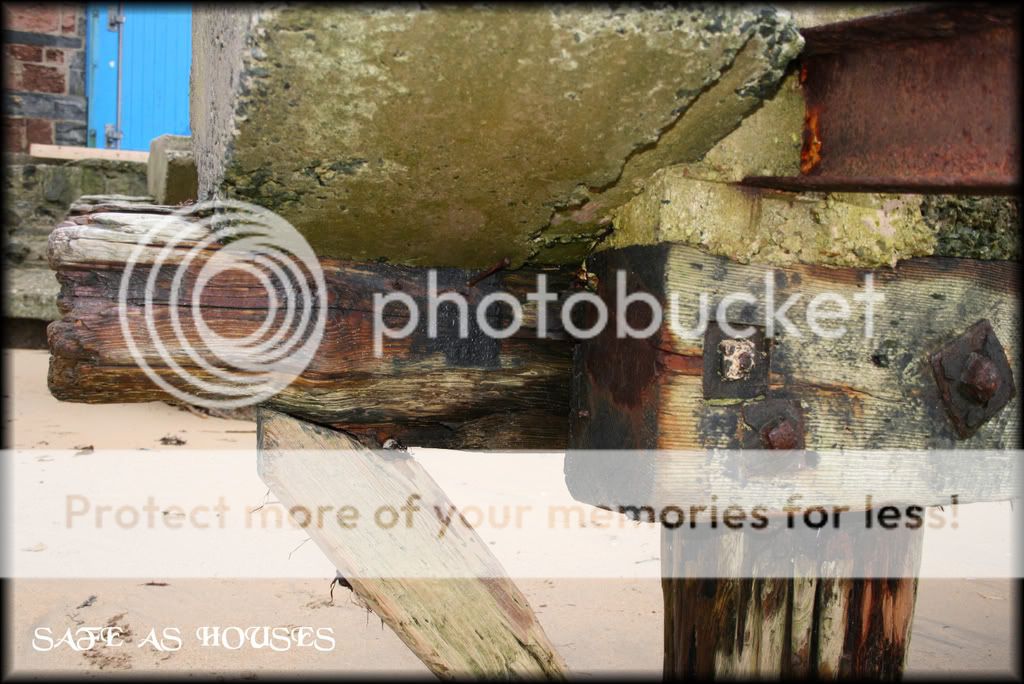
so i took a few shoots then it started to rain!
Right now i'm NEW to the photography thing and i have only had a camera for 3weeks "So be nice"







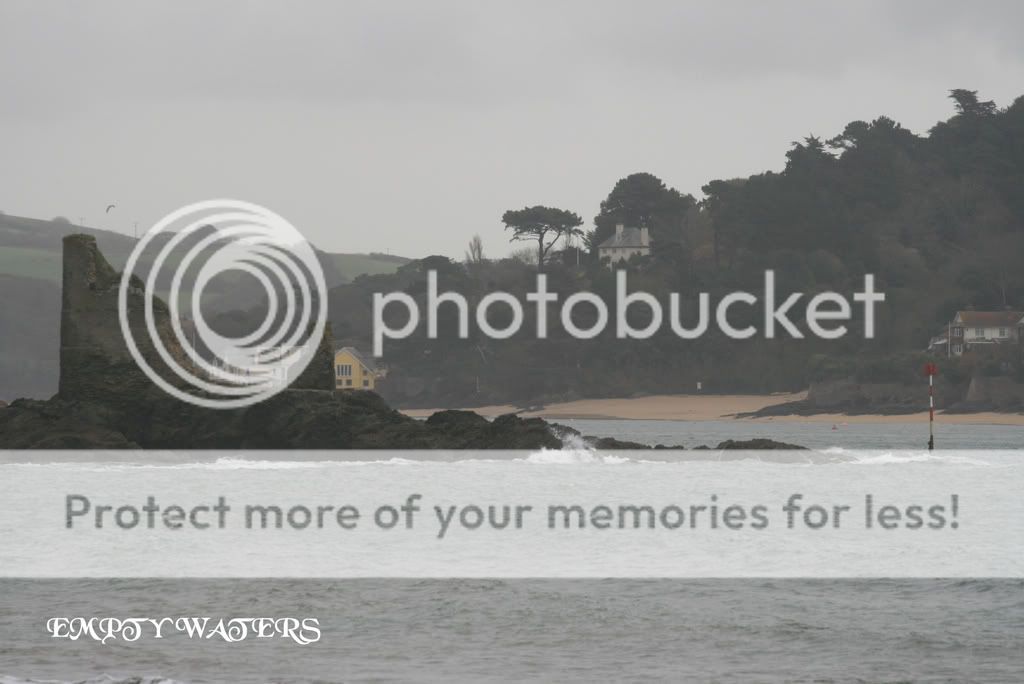

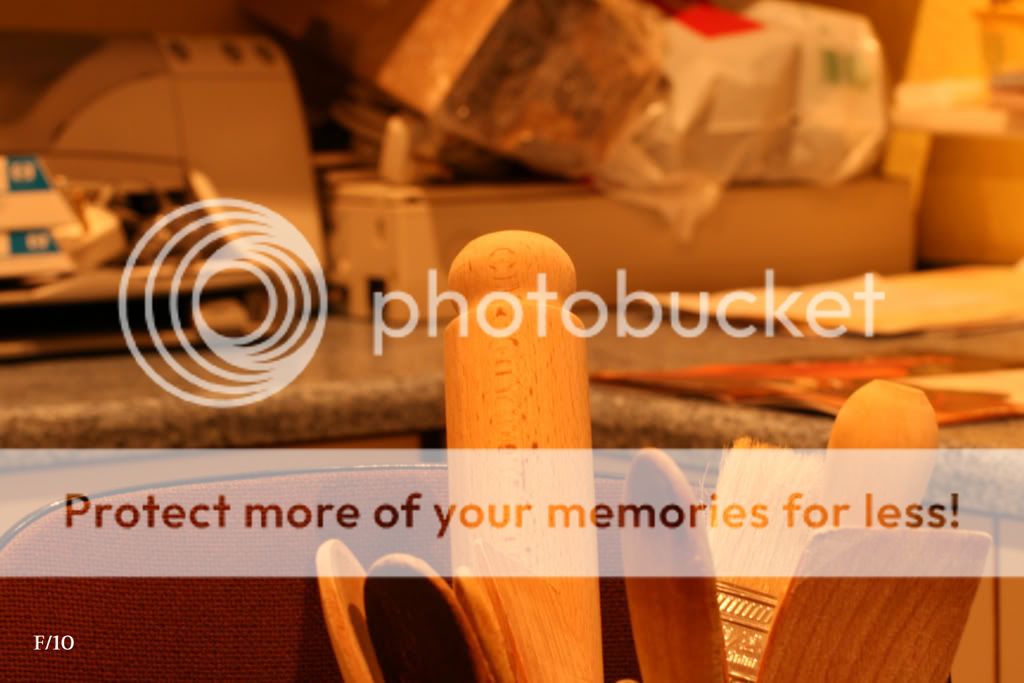
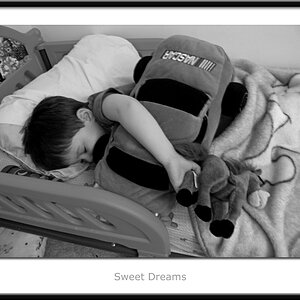
![[No title]](/data/xfmg/thumbnail/32/32004-4455324f0b4b5cc318dd35877147ac47.jpg?1619735148)
![[No title]](/data/xfmg/thumbnail/34/34068-743e93a5c28fe935ab4c39c51c06cf1a.jpg?1619736264)
